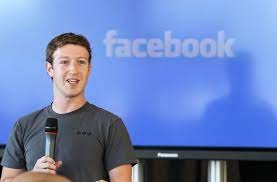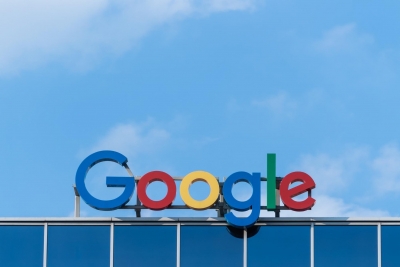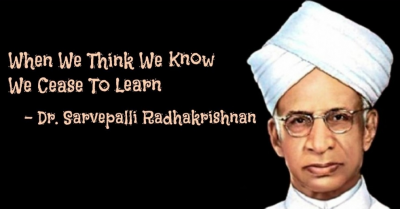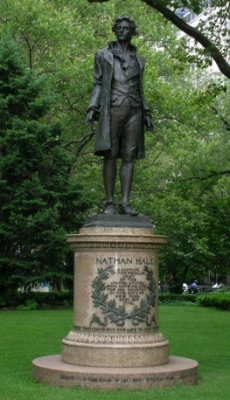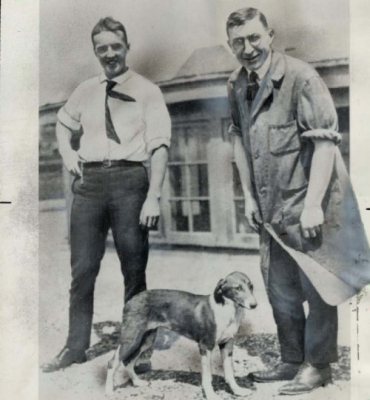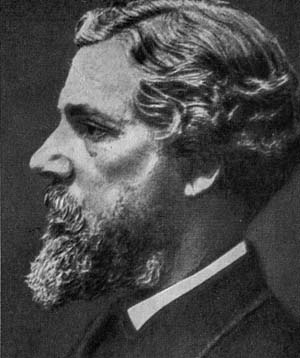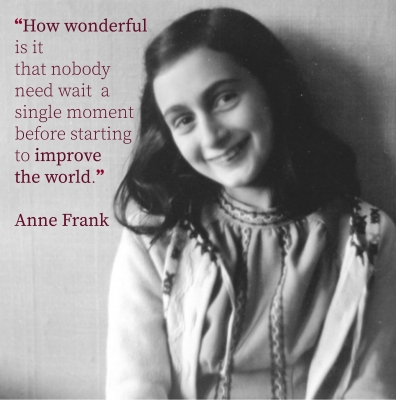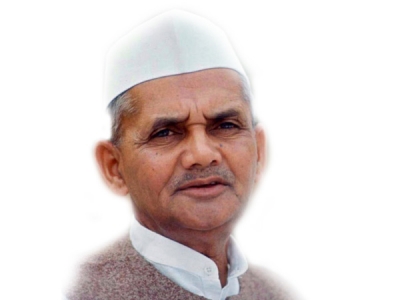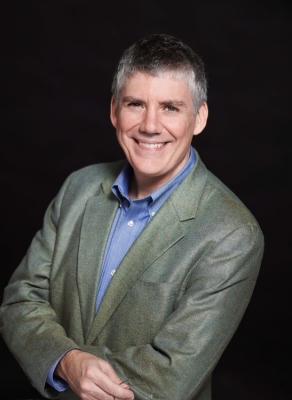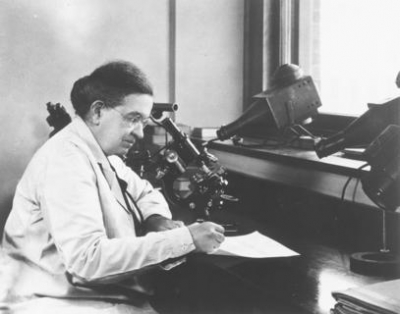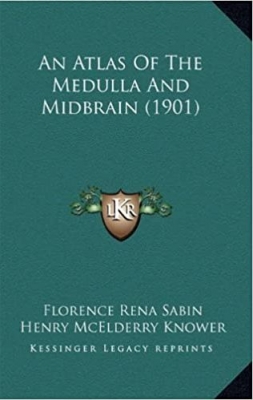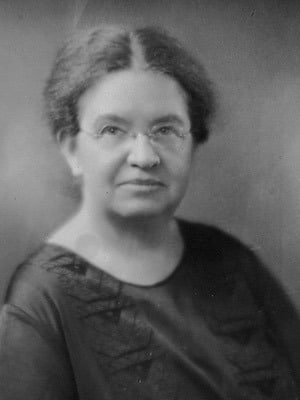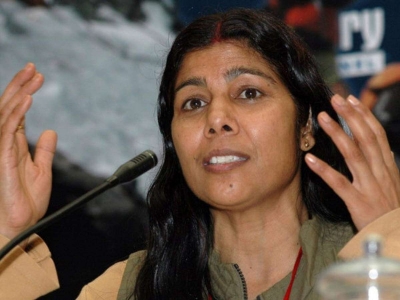What did Joseph Priestley Discover 1774?

On 1 August 1774 chemist Joseph Priestley isolated a new "air" in its gaseous state. He named the gas "dephlogisticated air", later renamed 'oxygen' by Antoine Lavoisier. Priestley also discovered hydrochloric acid, nitrous oxide (laughing gas), carbon monoxide, and sulfur dioxide.
An English theologian and educator, too, he was appalled at the quality the available English grammar books, so he wrote his own The Rudiments of English Grammar (1761). His innovations in the description of Englishy gran led 20th-century scholar describe him as "one of heat grammarians of his time.
In 1762, he was ordained and married Mary Wilkinson, the daughter of a prominent iron-works owner. She was, he noted, "of an excellent understanding, much improved by reading, of great fortitude and strength of mind, and of a temper in the highest degree affectionate and generous; feeling strongly for others and little for herself."
Priestley traveled regularly to London, and became acquainted with numerous men of science and independent thought, including an ingenious American named Benjamin Franklin, who became a lifelong friend. Franklin encouraged Priestley in his research, one result of which was The History and Present State of Electricity. For that work, and his growing reputation as an experimenter, Priestley was made a Fellow of the Royal Society in 1766.
The History book was too tough for a popular audience, and Priestley determined to write a more accessible one. But he could find no one to create the necessary illustrations. So, in typical fashion, he taught himself perspective drawing. Along the way, he made many mistakes, and discovered that India rubber would erase lead pencil lines — a fact he mentioned in the preface.
By the age of 34, Priestley was a well-established and respected member of Britain's scientific community. He was still paying a price for his religious nonconformity, however. When the explorer Captain James Cook was preparing for his second voyage, Priestley was offered the position of science adviser. But the offer was rescinded under pressure from Anglican authorities who protested his theology, which was evolving into a strongly Unitarian position that denied the doctrine of the trinity.
In retrospect, the Cook affair may have been all for the best. In 1773, the Earl of Shelburne asked Priestley to serve as a sort of intellectual companion, tutor for the earl's offspring, and librarian for his estate, Bowood House. The position provided access to social and political circles Priestley could never have gained on his own, while leaving ample free time for the research that would earn him a permanent place in scientific history.
He systematically analyzed the properties of different "airs" using the favored apparatus of the day: an inverted container on a raised platform that could capture the gases produced by various experiments below it. The container could also be placed in a pool of water or mercury, effectively sealing it, and a gas tested to see if it would sustain a flame or support life.
In the course of these experiments, Priestley made an enormously important observation. A flame went out when placed in a jar in which a mouse would die due to lack of air. Putting a green plant in the jar and exposing it to sunlight would "refresh" the air, permitting a flame to burn and a mouse to breathe. Perhaps, Priestley wrote, "the injury which is continually done by such a large number of animals is, in part at least, repaired by the vegetable creation." Thus he observed that plants release oxygen into the air — the process known to us as photosynthesis.
Credit : American Chemistry Society
Picture Credit : Google
